
AeroGenie — Seu copiloto inteligente.
Tendências
Categories
Building the future of air supply: Kelvin Fu’s global vision for AeroHub

Building the Future of Air Supply: Kelvin Fu’s Global Vision for AeroHub
When Kelvin Fu speaks of building, he envisions more than just companies; he sees entire systems. As co-founder of AeroHub, Fu approaches challenges with an engineer’s mindset, constantly identifying gaps and opportunities to create connections. “I cannot stop building,” he explains. “Whether it’s companies, partnerships, or even transportation systems, I’m always curious where the gaps are and how we can fill them.”
From Early Career to Entrepreneurial Drive
Fu’s professional journey began with a solid foundation in computer science, developed through positions at IBM and Fujitsu. However, he soon realized that large corporations did not satisfy his entrepreneurial ambitions. Reflecting on his early career, Fu recalls, “I started in IBM China but found it boring. I joined Fujitsu as engineering manager for the cloud, but found Japan boring—I mean, I was 20-something then, so you can understand. I tried Europe, worked in Nice but found the food boring. I returned to China to work on Ren Ren, the Chinese version of Facebook then, but realised it’s hard to build something within a big company.”
This restlessness propelled Fu to co-found Let’s Fly in 2014, a pioneering venture that established the first API connections with low-cost carriers such as AirAsia and Hong Kong Express in China. What began as a modest three-person team has since expanded into the Let’s Fly group, now comprising four ventures focused on flights, hotels, and global distribution system (GDS) aggregation. AeroHub, launched two years ago as the group’s international arm, seeks to tackle one of the travel industry’s most pressing challenges: empowering travel agents to succeed amid a rapidly decentralizing flight supply chain, where airlines increasingly pursue direct customer relationships.
Expanding Horizons and Global Ambitions
In 2014, Fu and his partners were trailblazers in integrating international low-cost carrier content into China via APIs, providing local travel agents with a competitive advantage as platforms like Trip.com and Qunar gained prominence. “We were the first in China to integrate international low-cost carriers, bringing in 60-70 APIs, and that gave agents a new way to compete,” Fu notes. Yet, with China accounting for only about 10% of the global market, Fu’s vision has expanded beyond domestic borders. “If you are already top-tier in China, what’s next? The outbound market is flat. The opportunity is global.”
Today, AeroHub serves between 30 and 40 clients outside China, with approximately two-thirds of its business generated internationally. Of its 350 employees, around 40 are based overseas—a figure Fu is keen to increase. The company’s mission is to assist travel agents—including online travel agencies (OTAs), travel management companies (TMCs), and traditional players—in navigating a fragmented landscape. This landscape is marked by the gradual shift from traditional GDS distribution to New Distribution Capability (NDC) and direct airline channels.
Navigating Industry Challenges and Sustainability
Despite its promising growth, AeroHub faces formidable challenges. The aviation sector is intensely competitive, with established players such as Sky Kingdom expanding their influence through certified aviation services and ambitious aircraft manufacturing initiatives. Market skepticism persists regarding the viability of AeroHub’s innovative approach, particularly given the complexity of integrating advanced technologies into existing supply chains. Competitors may counter with strategic partnerships or increased investments in similar technologies to protect their market share.
Additionally, the industry’s increasing emphasis on sustainability and the reduction of super pollutants introduces further complexity. For AeroHub, aligning its solutions with global climate action efforts presents both a challenge and an opportunity, contingent on how effectively it adapts to these evolving demands.
As AeroHub celebrates its second anniversary, Kelvin Fu’s relentless curiosity and determination remain central to its global aspirations. The company continues to navigate technological and market obstacles while responding to the growing imperative for a more sustainable future in air travel.
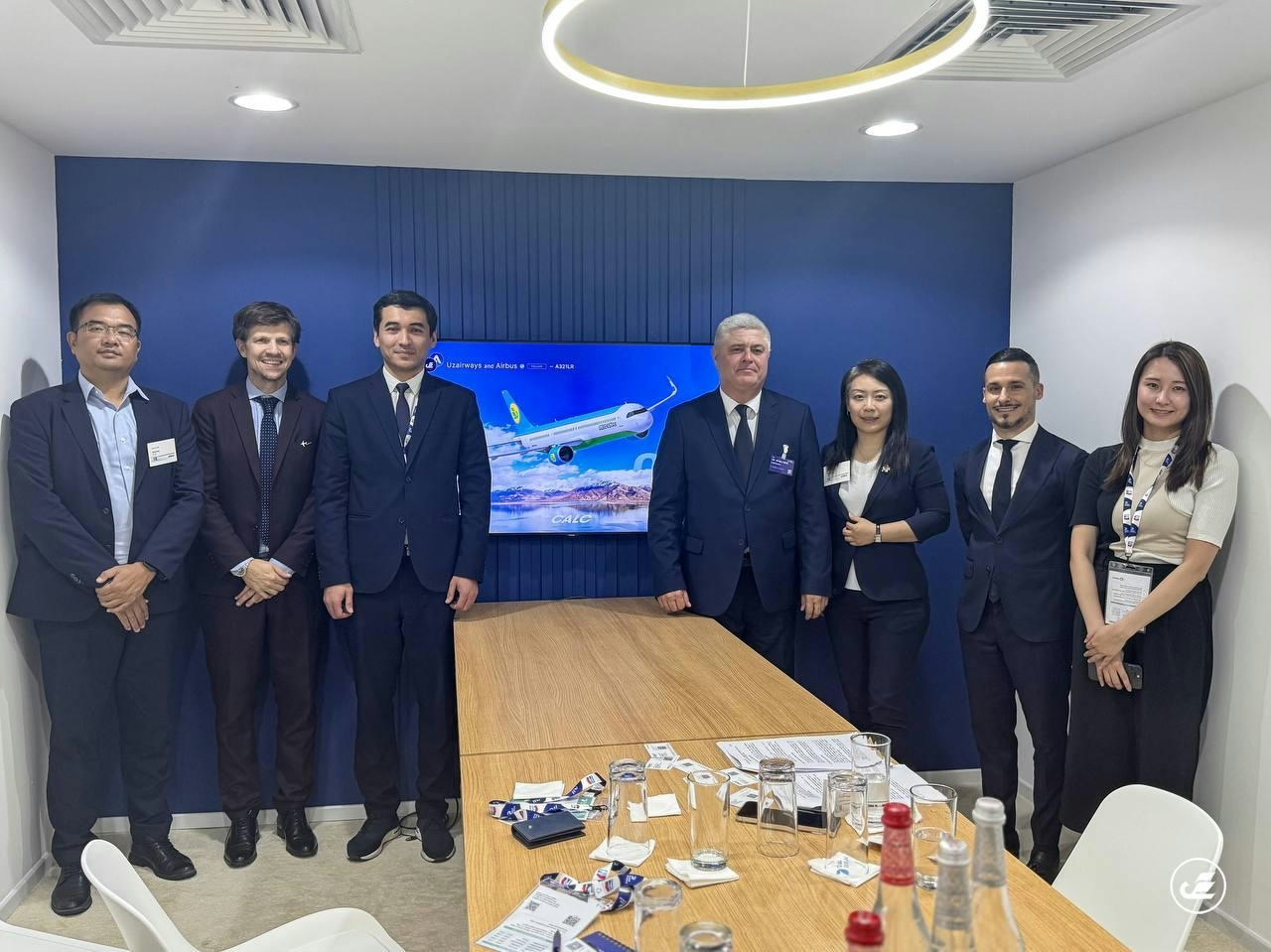
Uzbekistan Airways to Lease Six Additional A321neo Aircraft

What to Know Before Flying on the Airbus A350 XWB
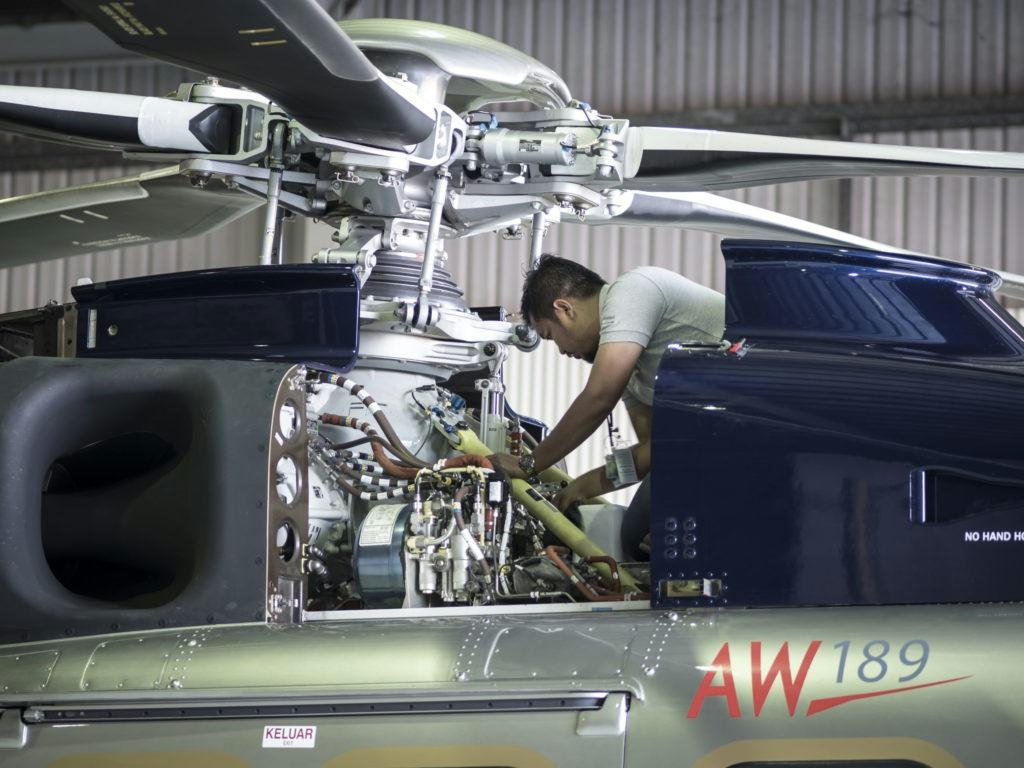
Elevate Aviation Group Expands Maintenance Services

AICM Slot Allocations Move to US Airlines, Report Says
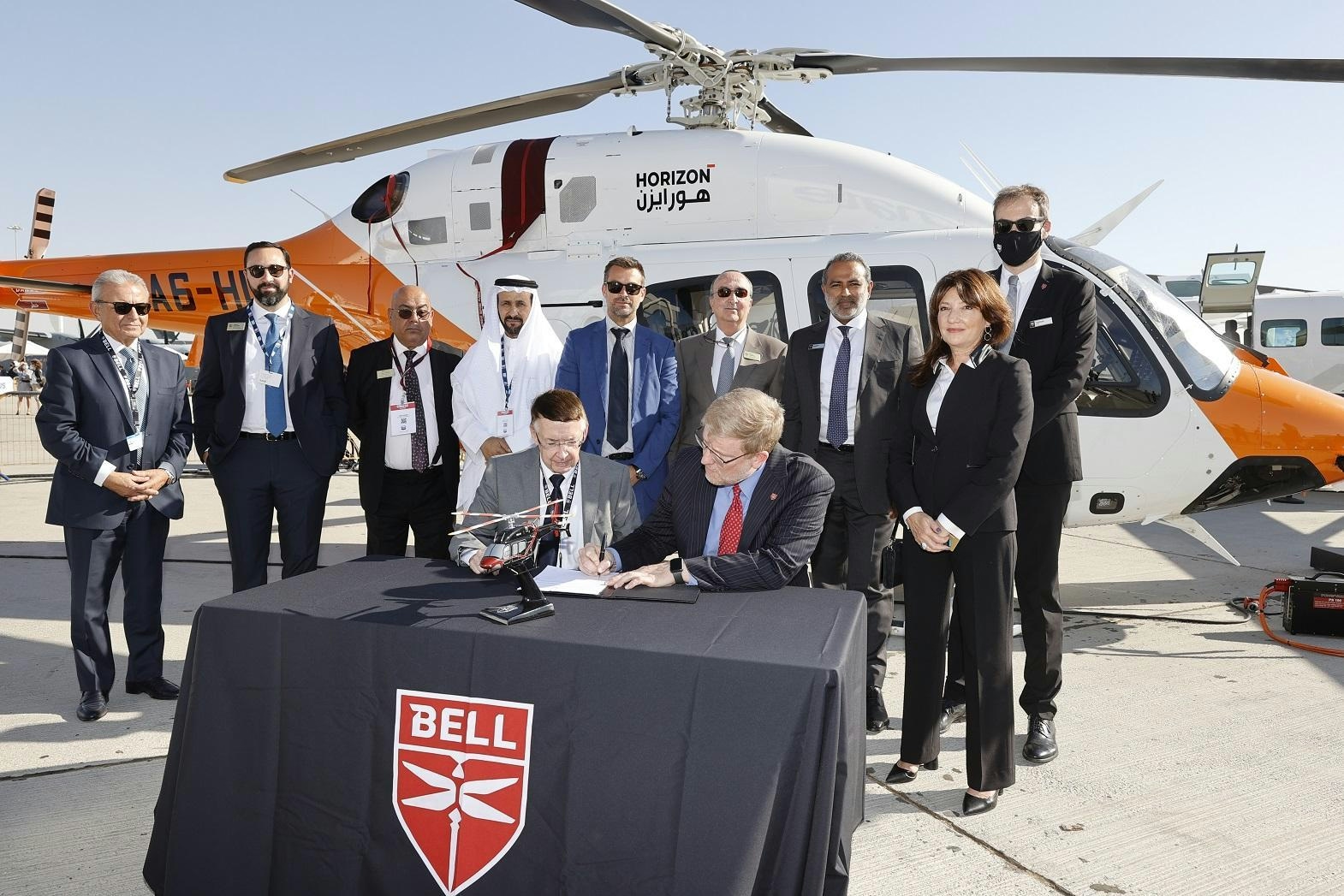
Abu Dhabi Aviation and Honeywell Enhance Helicopter Maintenance Services in UAE
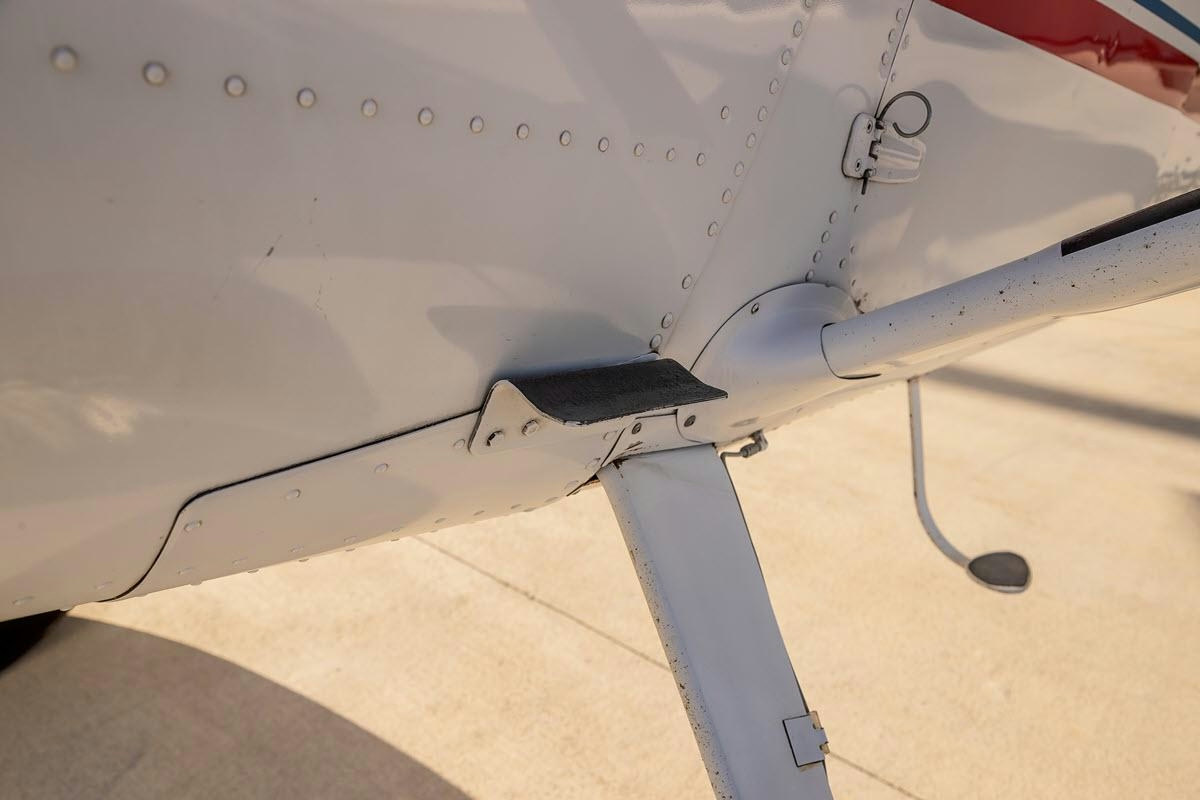
McFarlane Aviation Acquires P. Ponk STCs for Legacy Cessna Aircraft

NTSB Releases Preliminary Report on UPS Plane Crash Involving Engine Separation
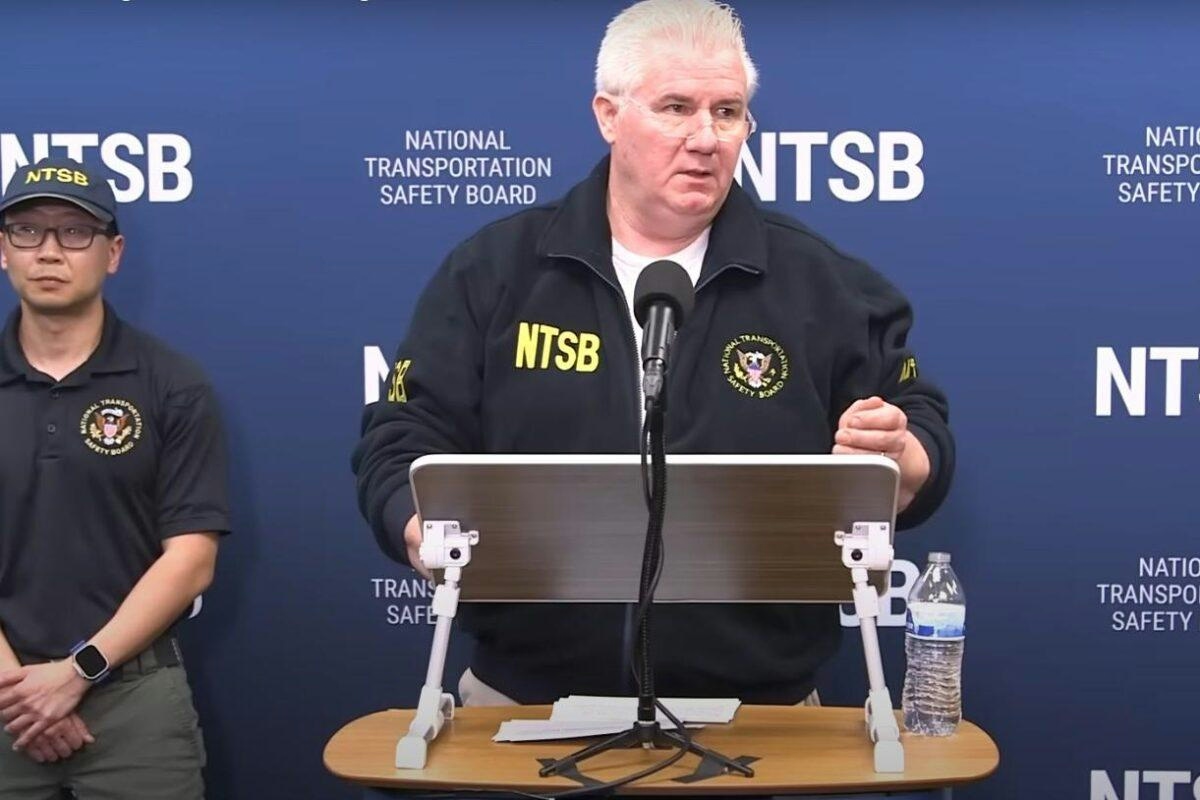
NTSB Investigates Pylon Fatigue Cracks in UPS Flight 2976 Engine Separation
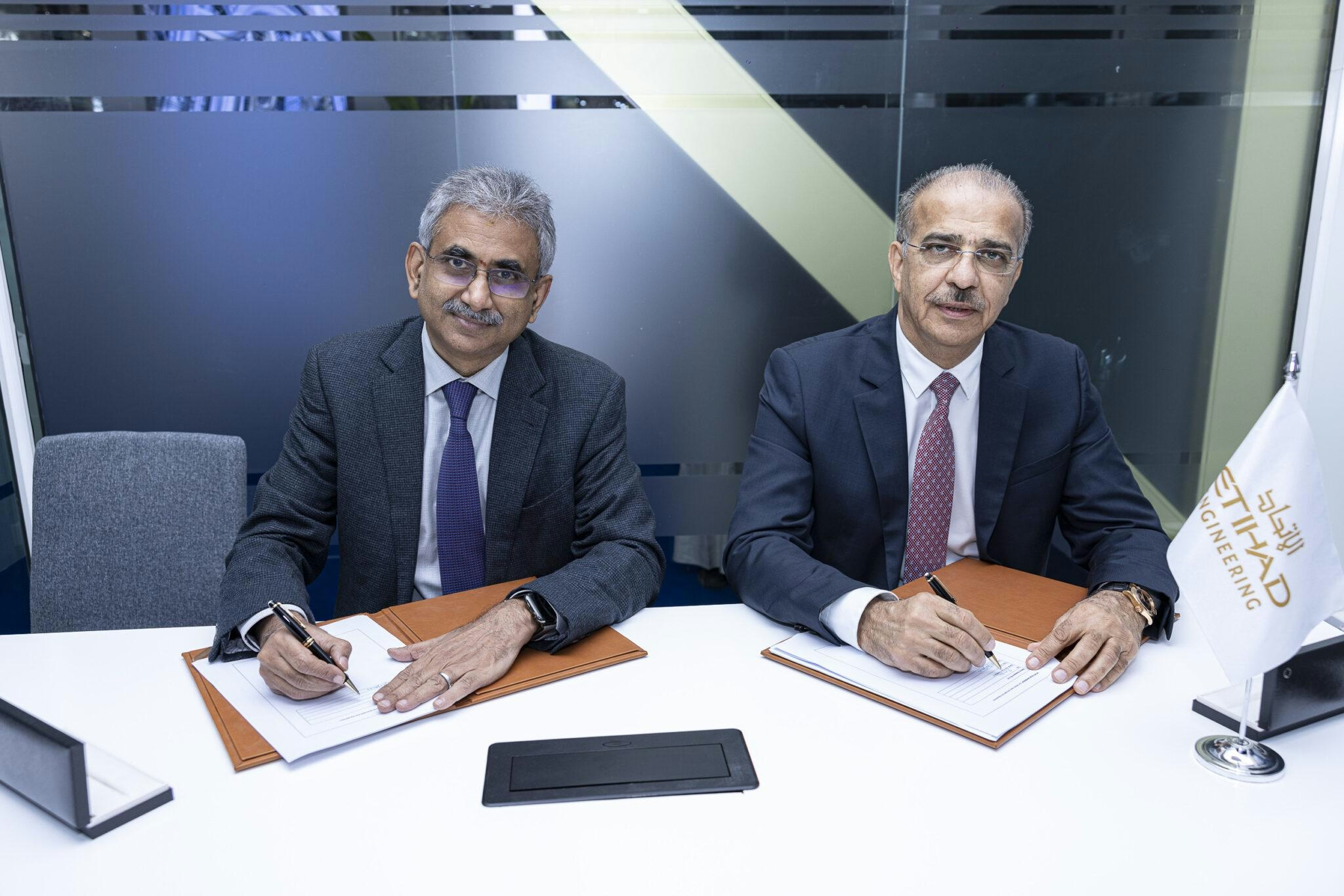
EDGE Strengthens UAE Aerospace Sector Through Partnership with Etihad Engineering
